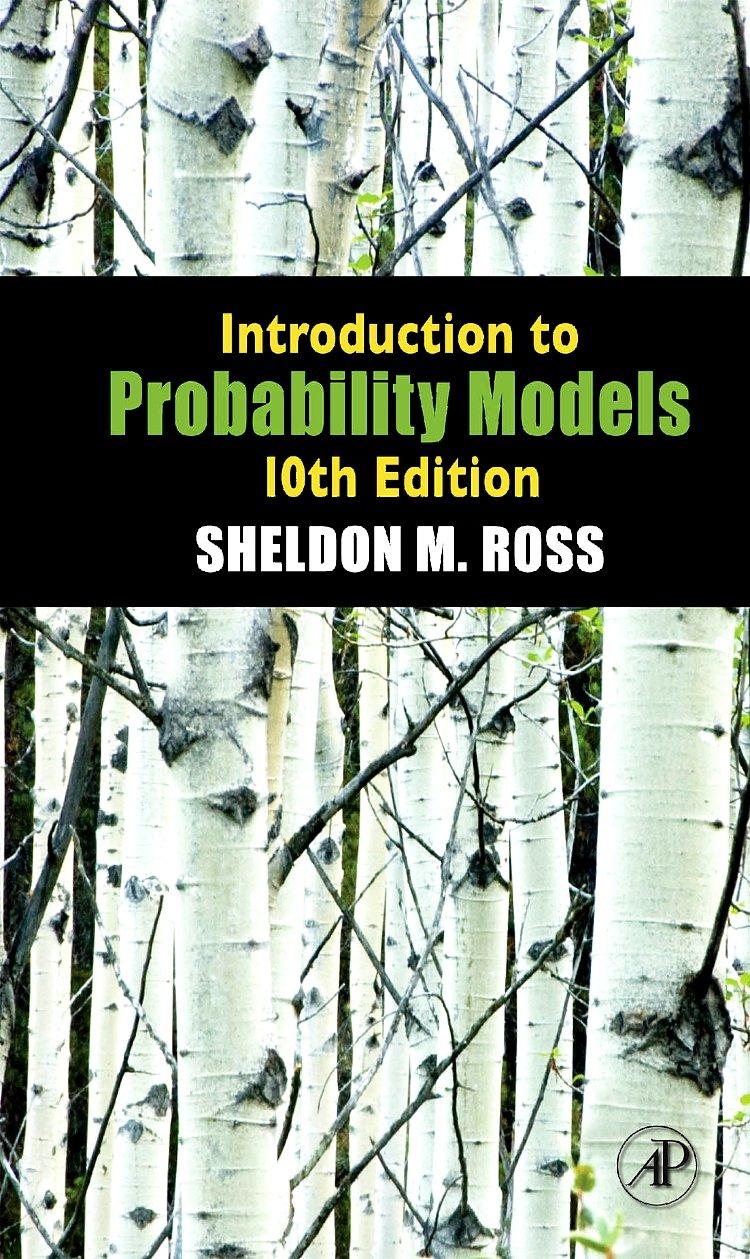Question
Problem: To compare experimental and theoretical probability using 6-sided dice. Materials Needed: 2 Six-Sided Dice (You may use the graphing calculator but you must record
Problem: To compare experimental and theoretical probability using 6-sided dice.
Materials Needed: 2 Six-Sided Dice (You may use the graphing calculator but you must record each outcome, so you may only roll once at time)
Use the link below if you don't have dice at home https://rolladie.net/roll-2-dice
Task:
- Roll the dice 30 times. Make a tally chart of the outcomes in the table below
Sum of Dice | Tally (Tally Marks) | Frequency (Total Number) | Experimental Probability |
1 | |||
2 | |||
3 | |||
4 | |||
5 | |||
6 | |||
7 | |||
8 | |||
9 | |||
10 | |||
11 | |||
12 | |||
13 |
NOTE: Your frequency should total 30, the number of times you rolled the dice. Check to make sure.
- Use a distribution frequency to graph your results (Frequency vs. Sum). Answer the following questions:
- Which number never came up? Why?
- Which number has occurred the most frequently? Why do you think that happened?
- Describe any trends in the graph.
- Find the expected frequency if the die is rolled 50 times (use for theoretical). To find the expected frequency, multiply the theoretical probability as a percent by 30 (the number of times the die would be tossed if we completed the experiment).
- Use a distribution frequency to graph your results (Frequency vs. Sum). Answer the following questions:
Sum of Dice | Theoretical Probability (as a percent) | Expected Frequency |
1 | ||
2 | ||
3 | ||
4 | ||
5 | ||
6 | ||
7 | ||
8 | ||
9 | ||
10 | ||
11 | ||
12 | ||
13 |
- Use a distribution frequency to graph your results (Expected Frequency vs. Sum). Answer the following questions:
- Which number would never came up? Why?
- Which number would you expect to occur the most frequently?
- Describe any trends in the graph.
- Compare and contrast the experimental probability and the theoretical probability.
- Are there any probabilities the same? Any different?
- Would you expect them to be the same?
- How many rolled would be needed in order to have the theoretical and experimental probabilities close to being similar?
- Compare the graphs. How are they similar? How are they different?
- What conclusions can you draw from this experiment?
- Use a distribution frequency to graph your results (Expected Frequency vs. Sum). Answer the following questions:
Step by Step Solution
There are 3 Steps involved in it
Step: 1

Get Instant Access to Expert-Tailored Solutions
See step-by-step solutions with expert insights and AI powered tools for academic success
Step: 2

Step: 3

Ace Your Homework with AI
Get the answers you need in no time with our AI-driven, step-by-step assistance
Get Started


